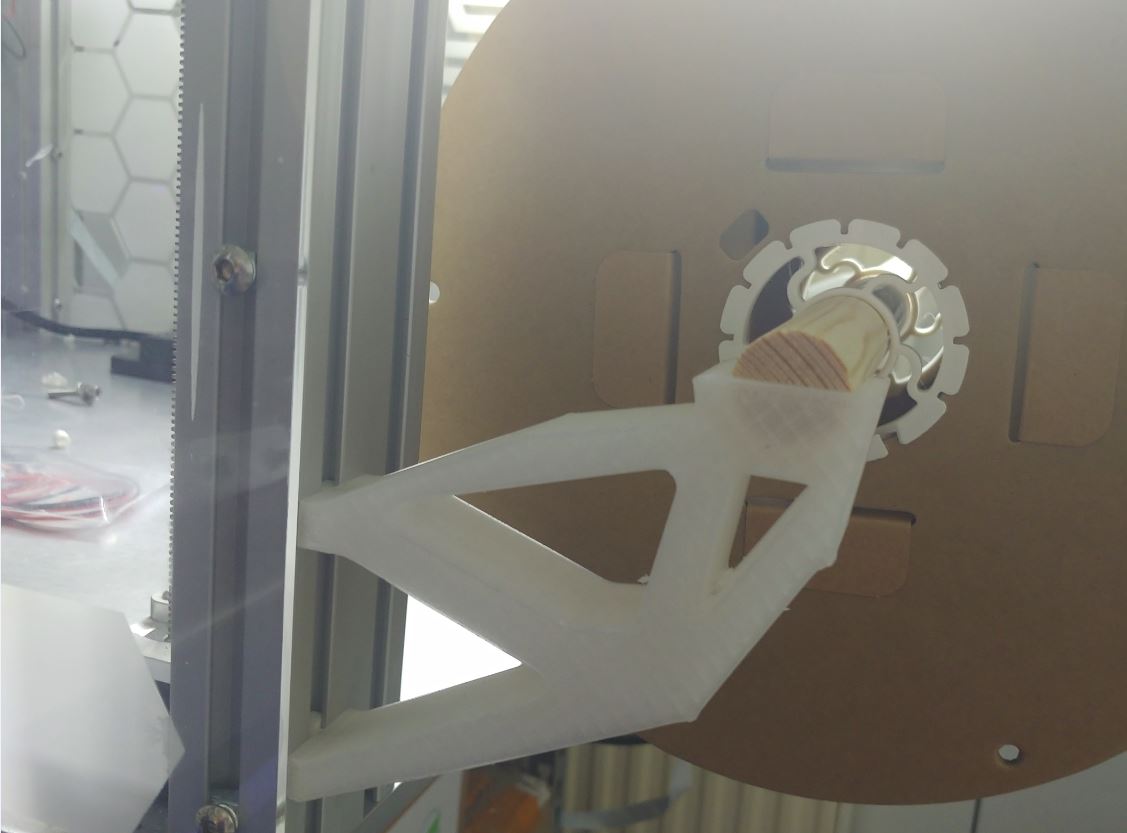view the rest of the comments
3DPrinting
3DPrinting is a place where makers of all skill levels and walks of life can learn about and discuss 3D printing and development of 3D printed parts and devices.
The r/functionalprint community is now located at: !functionalprint@kbin.social or !functionalprint@fedia.io
There are CAD communities available at: !cad@lemmy.world or !freecad@lemmy.ml
Rules
-
No bigotry - including racism, sexism, ableism, homophobia, transphobia, or xenophobia. Code of Conduct.
-
Be respectful, especially when disagreeing. Everyone should feel welcome here.
-
No porn (NSFW prints are acceptable but must be marked NSFW)
-
No Ads / Spamming / Guerrilla Marketing
-
Do not create links to reddit
-
If you see an issue please flag it
-
No guns
-
No injury gore posts
If you need an easy way to host pictures, https://catbox.moe may be an option. Be ethical about what you post and donate if you are able or use this a lot. It is just an individual hosting content, not a company. The image embedding syntax for Lemmy is 
Moderation policy: Light, mostly invisible

I imagine the "optimized" there means it has the maximum weight support with the minimum amount of filament.
This shape certainly beats a triangle with only the walls or with just a bit of infill. And it surely takes less filament than one with near to 100% of infill.
I don't follow you. Look at the photo, the thing is made of triangles. It's the best shape. So I wonder, why use more than just one? Why make the shape require more than one triangle?
Hum, ok, I misunderstood you.
Your 1 triangle will need the inclination similar to that middle segment of the bottom side of the piece. I will be huge.
More than likely the static supports used in the software were in the locations you see now,1 for spool and other's bellow on the rail. They said "draw a rough shape" as a step, so that dictated the shape.
If the static loads were placed at even height you would end up more triangle like or more of a truss. Depends shown many iterations were used also.
In a broader picture: See it as a demonstration of what all those nice tools in the CAD package can do. In this application with a little bit of thought could come up with a similar or better solution but for an I don't care design approach the output is already good. A proper design approach would be putting thought in in where to place the contact surfaces relative to the spool and then run this software or go a step further and allow a different software to also change that parameter. Keep in mind those simulations are computationally expensive. Complex/advanced questions might take days to solve while a simple question like this is less than 1 minute.
The load was in the circle/groove facing down.
The other constrain was the faces contacting the 3030 extrusion being fixed and a keep-out zone was defined around those to ensure no material there was removed.
Otherwise, it was just a flat slab as shape.
What at first surprised me was how this part works: There is a point defined by the lowest/left triangle (tension & compression) on which all the weight rests. The remaining structure is is a cross beam (top mounting point to spool) to support it (tension) and the structure on which the spool rests (compression).
The thing with 3D printing is that it is usually stronger and uses less filament when you do a full shape without holes.
These shapes work well with conventional manufacturing, but 3D printing is different because it is mostly hollow on the inside
Less filament, yes. But it's almost always weaker.
It's common to add holes so you get a stronger part.
Nature loves triangles.
https://en.wikipedia.org/wiki/Michell_structures